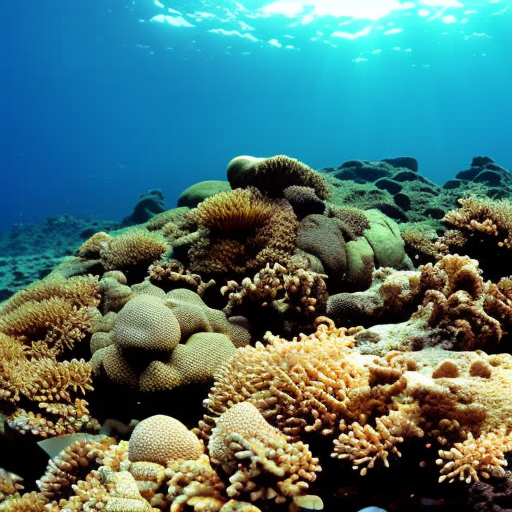Summary:
Environmental toxicology is a branch of science that focuses on studying the effects of toxic substances on the environment and living organisms. It involves the assessment and analysis of the impact of pollutants on ecosystems, as well as the development of strategies to mitigate and prevent environmental damage. This field plays a crucial role in understanding the potential risks associated with chemical exposure and in formulating policies to protect the environment and human health.
Introduction:
Environmental toxicology is a multidisciplinary field that combines elements of biology, chemistry, ecology, and toxicology to investigate the effects of toxic substances on the environment. It encompasses the study of various environmental pollutants, including heavy metals, pesticides, industrial chemicals, and air pollutants. The goal of environmental toxicology is to understand how these substances interact with living organisms and ecosystems, and to assess the potential risks they pose.
Impact on Ecosystems:
Environmental toxicology examines the impact of pollutants on ecosystems, including terrestrial, aquatic, and marine environments. It investigates how these substances can accumulate in the food chain, affecting organisms at different trophic levels. For example, pesticides used in agriculture can contaminate soil and water, leading to the bioaccumulation of these chemicals in plants and animals. This can have detrimental effects on the health and reproduction of wildlife, as well as on the overall biodiversity of an ecosystem.
Effects on Human Health:
Environmental toxicology also considers the impact of pollutants on human health. It investigates how exposure to toxic substances in the environment can lead to various health problems, such as respiratory diseases, neurological disorders, and cancer. For instance, air pollutants, such as particulate matter and volatile organic compounds, can contribute to the development of respiratory conditions like asthma. Similarly, exposure to heavy metals like lead and mercury can cause neurological damage, especially in children.
Assessment and Risk Analysis:
One of the key aspects of environmental toxicology is the assessment and analysis of the risks associated with chemical exposure. Scientists use various methods to determine the toxicity of substances, including laboratory experiments, field studies, and computer modeling. These assessments help in understanding the dose-response relationship, identifying the most vulnerable populations, and establishing safe exposure limits. Risk analysis is crucial for regulatory agencies and policymakers to make informed decisions regarding the use and disposal of toxic substances.
Prevention and Mitigation:
Environmental toxicology plays a vital role in developing strategies to prevent and mitigate environmental damage caused by toxic substances. This includes the development of alternative, less toxic chemicals, as well as the implementation of pollution control measures. For example, environmental toxicologists work on developing environmentally friendly pesticides that are less harmful to non-target organisms. They also contribute to the design and implementation of wastewater treatment systems to reduce the release of pollutants into water bodies.
Conclusion:
Environmental toxicology is a critical field of study that helps us understand the impact of toxic substances on the environment and human health. By investigating the effects of pollutants on ecosystems and assessing the associated risks, environmental toxicologists contribute to the development of policies and strategies to protect the environment and promote human well-being. Their work is essential for sustainable development and the preservation of biodiversity.












